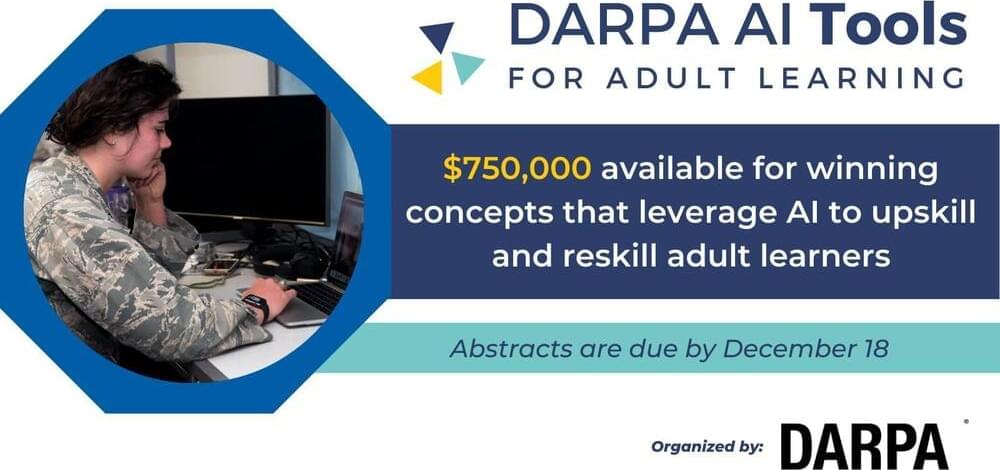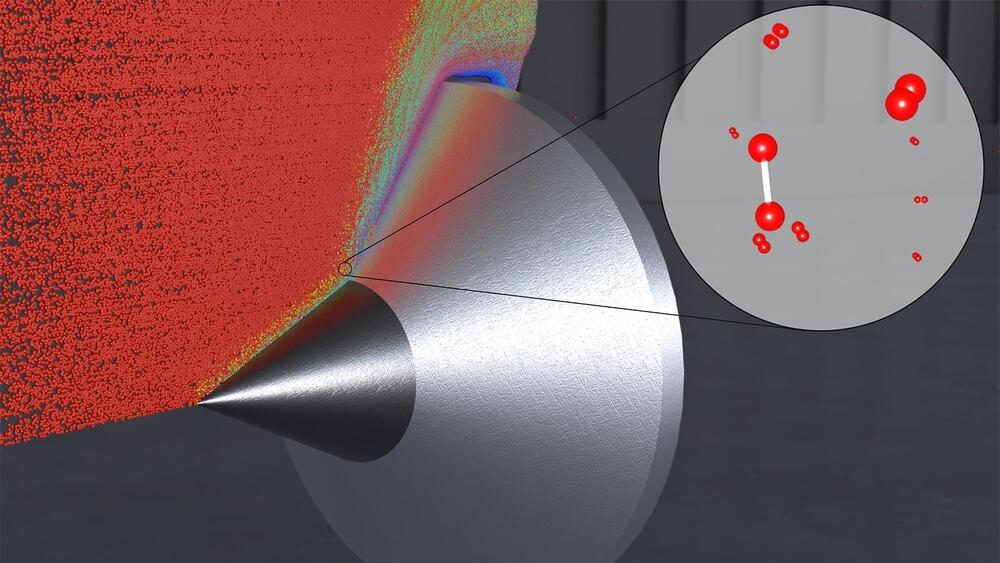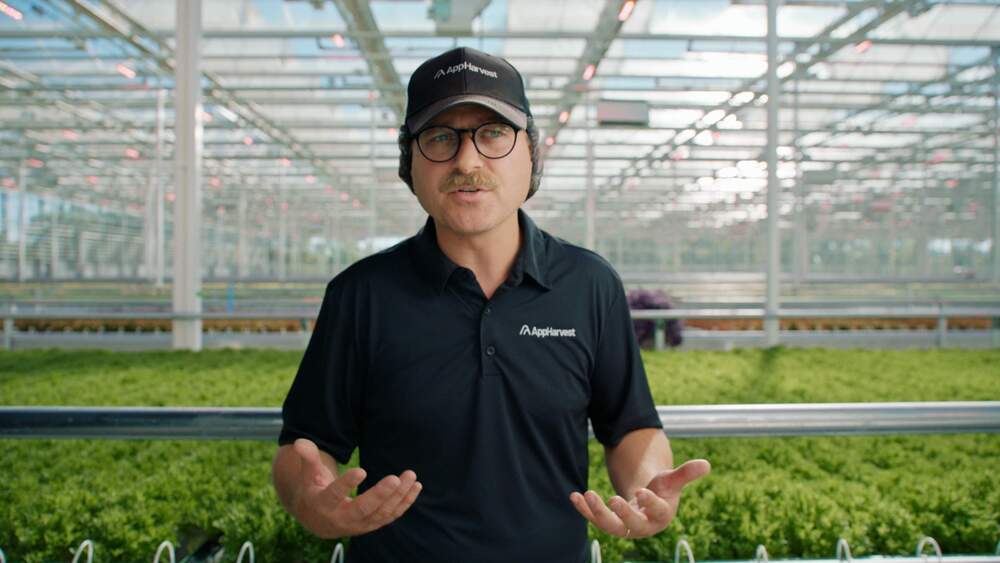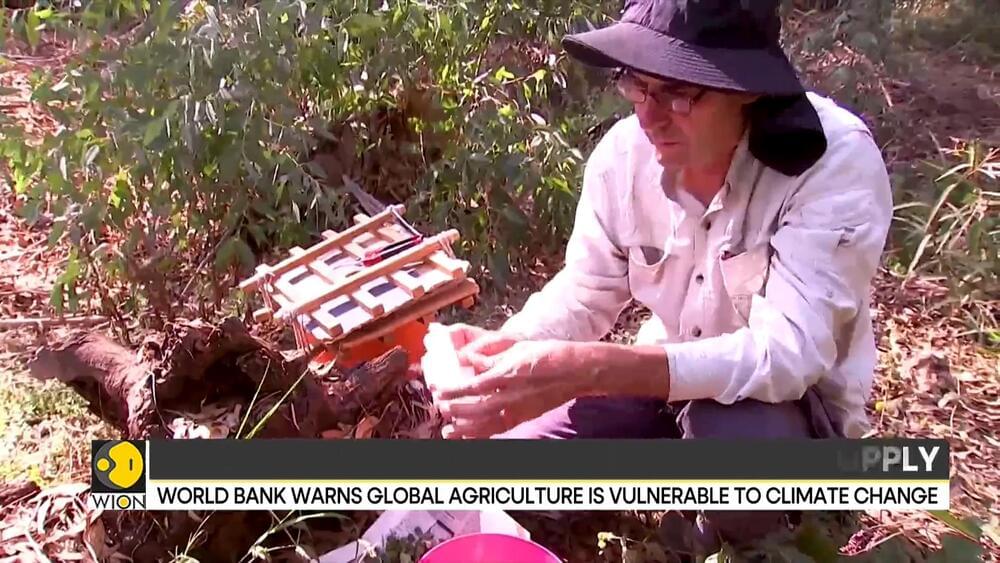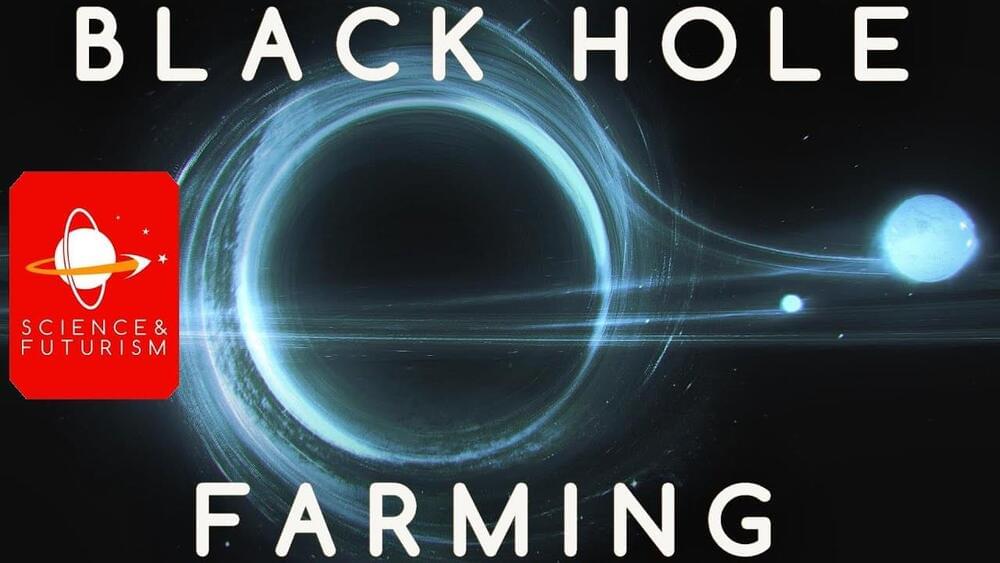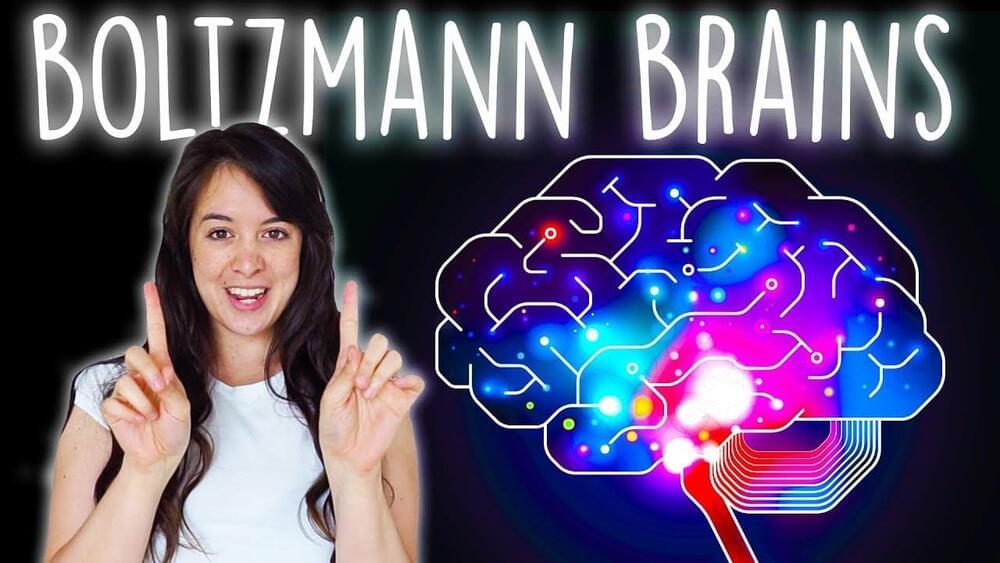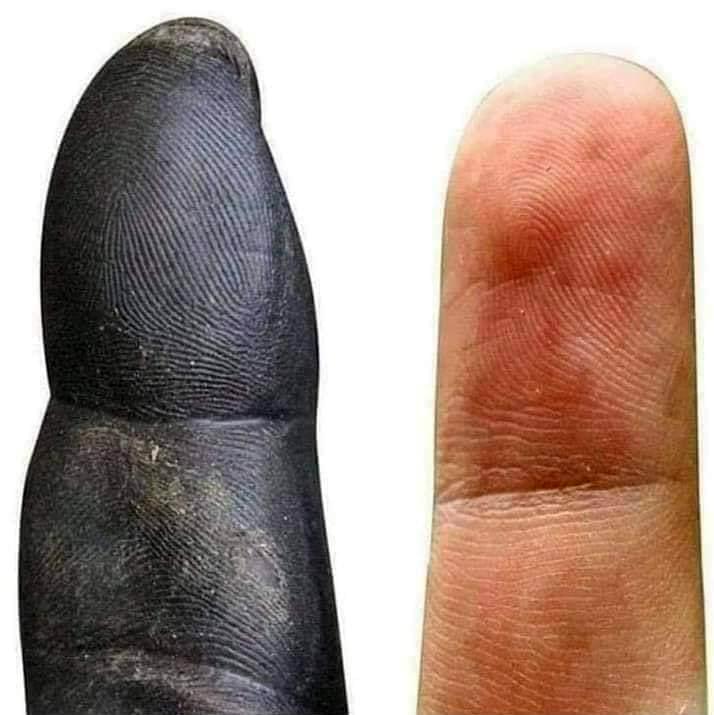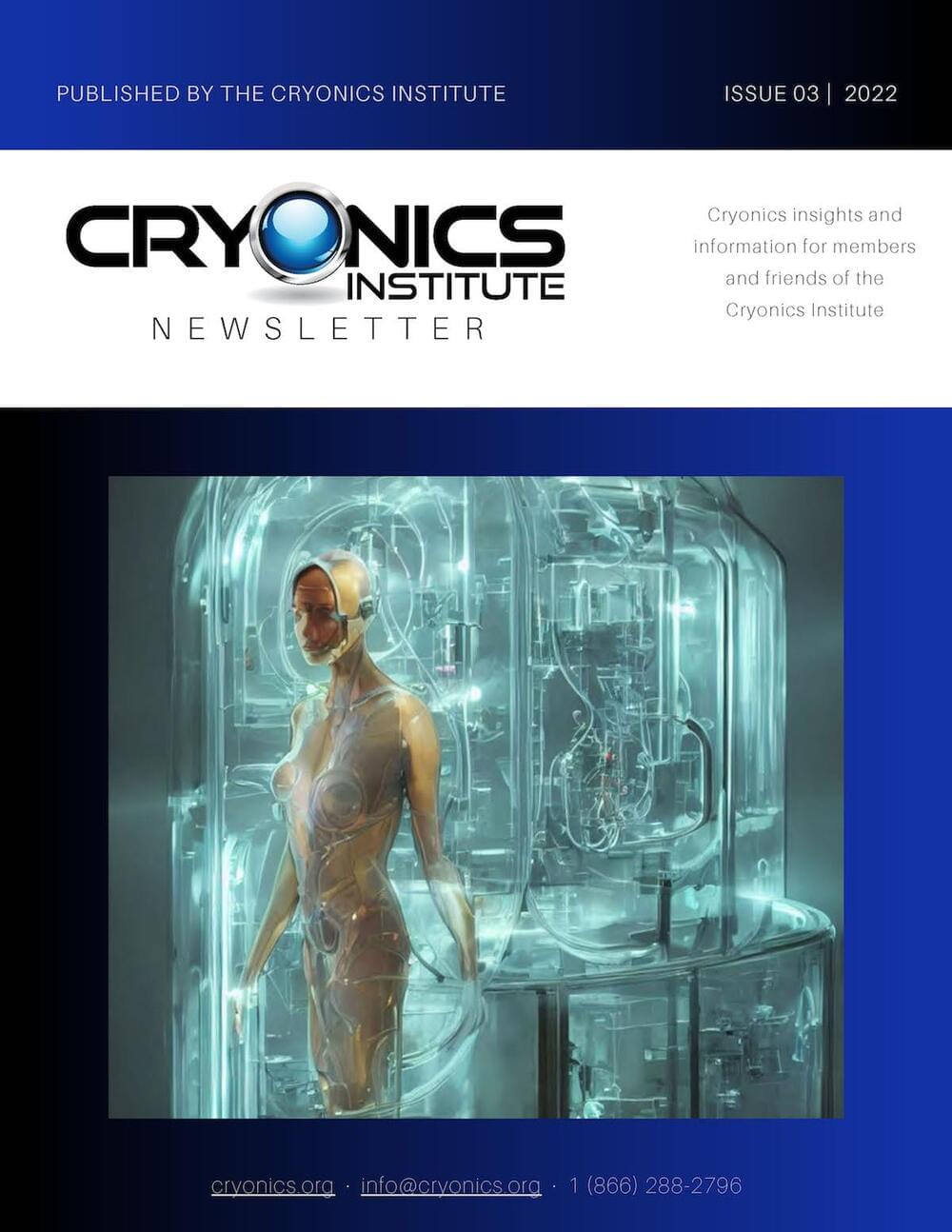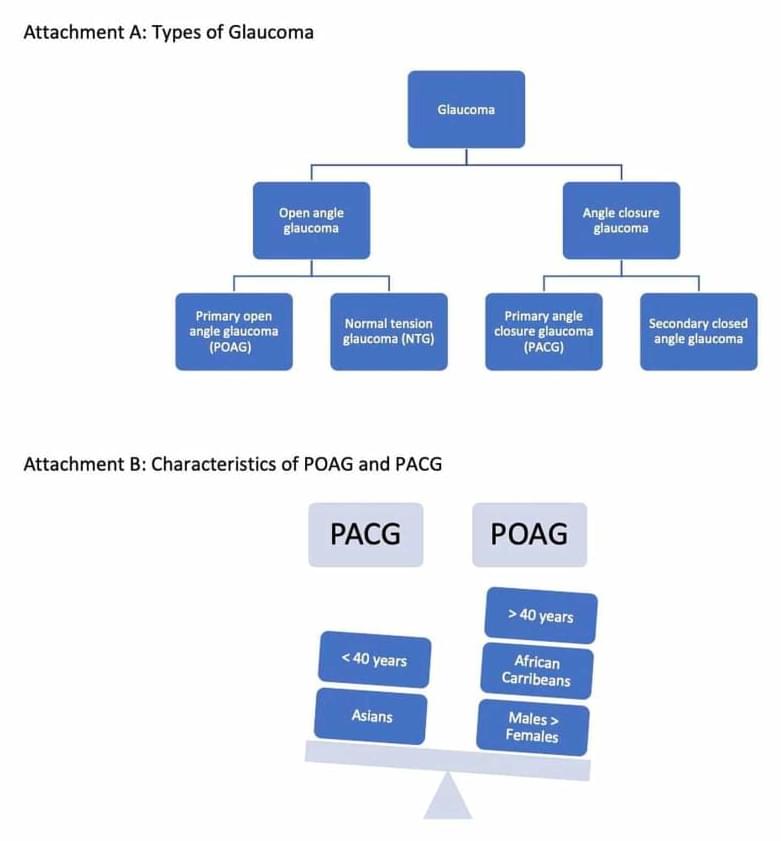We’re thrilled to announce a new ideation opportunity for innovative adult learning solutions. AI Tools for Adult Learning will award a total of $750,000 to winning concepts. Submit your abstract by Dec. 18.
We’re seeking your innovative ideas for tools or technologies to enhance learning and skills development among adults. We’re especially interested in surfacing ideas that leverage intelligent tutoring to allow adult learners to self-direct learning and develop critical skills.
Technologists, researchers, students, teachers, and creators of digital learning platforms or cutting-edge AI techniques are invited to participate. By doing so, you will gain access to a network of experts and receive feedback and technical support.
